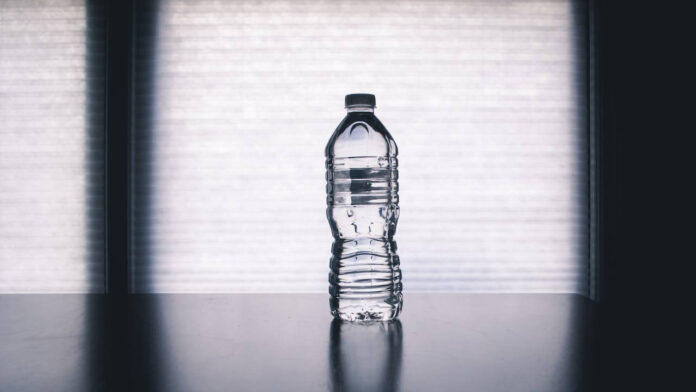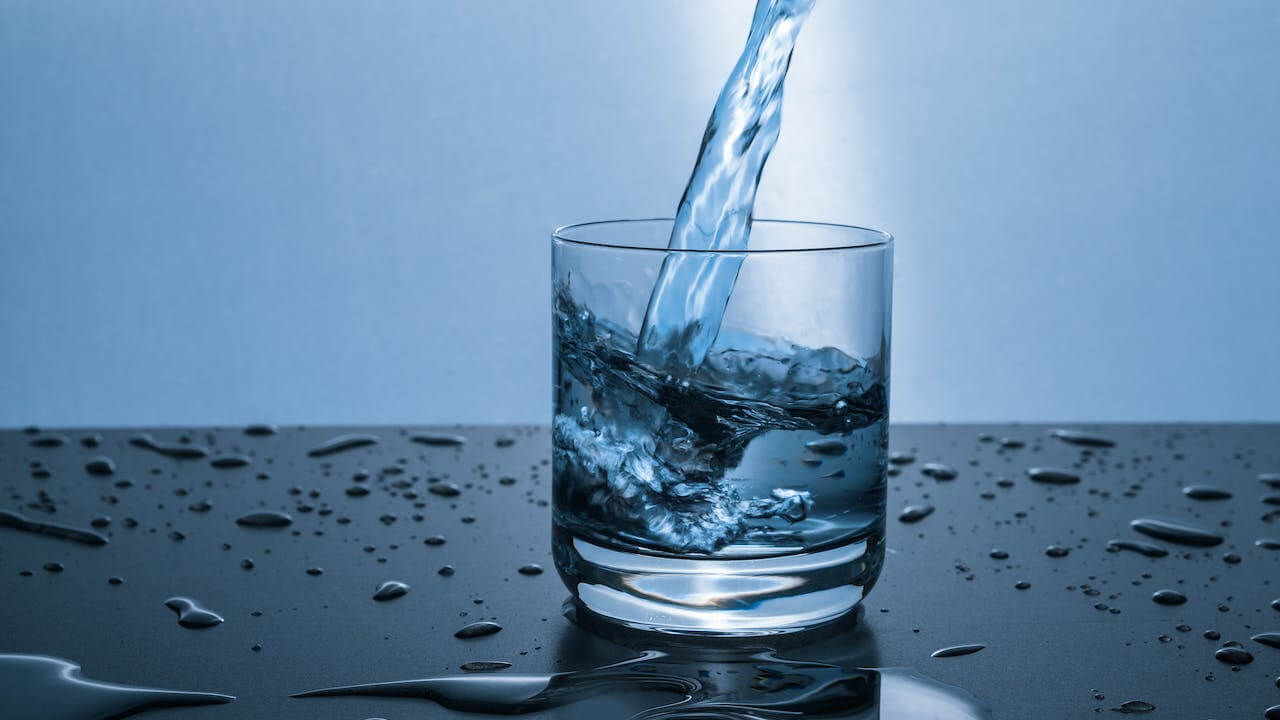When we think about the essentials of daily life, water tops the list. It’s not just any water, though; we are talking about Zephyrhills, a brand that many of us trust to hydrate and nourish our families.
But with the recent Zephyrhills water recall, one might be forced to wonder what actually happened with one of our favorite bottled water brands. The recall was prompted by concerns that go beyond just the brand itself, touching on broader environmental and health issues.
So, in this article, we will be taking a closer look at all of this to help you see what really led to the Zephyrhills water recall that got many consumers concerned. Just keep reading!
A Closer Look at Zephyrhills Water
Before we go into the details, let’s first take a look at Zephyrhills Water. This is not just a household name; it’s a brand with a rich history that spans back to 1964.
Known for its 100% natural spring water, Zephyrhills has quenched the thirst of countless Americans with its refreshing taste. The brand, now managed by Blue Triton following its sale from Nestle, has always prided itself on delivering high-quality water sourced from Crystal Springs in Florida.
Its popularity isn’t just due to marketing; it’s about the trust it has built over the years. However, recent developments, including a significant recall, have brought Zephyrhills into the spotlight for reasons beyond its refreshing taste.
What Caused the Recent Zephyrhills Water Recall?
In July 2023, more than 300,000 cases of 1964 Zephyrhills 100% Natural Spring Water were recalled by Blue Triton.
The Zephyrhills water recall was due to the presence of bromate levels in the finished product, which exceeded the Maximum Contaminant Level (MCL) of 10 parts per billion set by the FDA.
Although this is a measly 0.010 milligram per liter and so might sound like we are talking about drops in an ocean, when it comes to our health, every drop counts.
Bromate isn’t something you want in your water; it’s a chemical that can form when ozone, used to disinfect water, reacts with naturally occurring bromide.
This discovery raised immediate health concerns, as long-term exposure to high levels of bromate has been linked to kidney effects and cancer in laboratory animals.
So, when the FDA waved the red flag, Zephyrhills had to act fast to prevent any potential health risks to consumers. So, if you have been concerned or confused about the recent Zephyrhills water recall, you should know the company and the agency actually did the consumers a favor.
You may also like:
Excess Bromate in Drinking Water is Bad
The presence of excess bromate in drinking water is a serious concern. Bromate is classified as a potential carcinogen, and its effects on human health are not to be taken lightly.
Health experts and studies suggest that long-term exposure to high levels of bromate can be harmful, causing kidney issues and potentially leading to cancer in rats. While it’s not confirmed if the same risk applies to humans, why take the chance?
Especially for those with existing kidney conditions or concerns about reproductive health, the presence of bromate in drinking water is a wave of worry. This connection to the Zephyrhills water recall puts a spotlight on the importance of stringent water quality controls and the health of consumers.
Which Zephyrhills Water Was Recalled?
You might be wondering if the bottle of Zephyrhills in your hand is part of the recall. The recall specifically targeted the 1964 Zephyrhills 100% Natural Spring Water in 16.9 FL Oz (500 mL) bottles, across both 24pk and 40pk configurations. With over 304,470 cases in the recall, it’s a significant wave in Zephyrhills’ history.
Consumers who purchased these products were advised not to drink the affected water but to dispose of it immediately. It’s a reminder of the importance of keeping an eye on the products we consume and the responsiveness of companies to protect their consumers.
Zephyrhills to Pause New Development Because of Water Availability
The recall isn’t the only challenge facing Zephyrhills. The brand’s hometown, now Pasco County’s largest city, is facing a water availability crisis that has led to a temporary moratorium on new development and annexation applications.
With the city’s water usage nearing its peak and the future looking thirsty, this decision shows the challenges of balancing growth with natural resource conservation. The famous Zephyrhills water, the backbone of the city’s fame, is at the heart of this decision.
With the city’s water permit allowing for 3.3 million gallons per day and daily usage already at 2.5 million gallons, the math doesn’t add up for a sustainable future.
This pause in development is a reflection of the broader issue of water scarcity and the need for responsible resource management, a topic as vital as the water itself.
Final Note
If you have read to this end, then you should now already know the reason for the recent Zephyrhills water recall. We now know that the recall was a step taken to protect the health of consumers.
So, what’s happening now with the brand? Well, Zephyrhills water seems to be back in the market after the suspected batch has been recalled.
FAQs
Is Zephyrhills Water Safe to Drink?
Yes, Zephyrhills water is safe to drink. Following the recent recall due to excess bromate levels in specific batches, measures have been taken to ensure the safety and quality of the water.
Zephyrhills water undergoes rigorous testing and treatment processes, including the use of a corrosion control inhibitor and chlorination for disinfection, to meet all federal and state requirements for drinking water.
Does Zephyrhills Water Contain Fluoride?
Yes, Zephyrhills offers options that contain fluoride. Specifically, their 8 oz bottle options come with added fluoride, catering to consumers who prefer fluoridated water for dental health benefits.
However, it’s important to check the label or product details, as Zephyrhills also provides non-fluoridated spring water options for those who prefer natural spring water without added fluoride.
Is Zephyrhills Water Alkaline or Acidic?
The water is slightly alkaline, with a pH level of 7.7. This means it is above neutral (7.0) on the pH scale, which ranges from 0 (highly acidic) to 14 (highly alkaline).
The moderately alkaline nature of Zephyrhills water is a result of its natural spring source, which typically offers a balanced mineral composition contributing to its alkalinity.
What is the Healthiest Water to Drink?
The healthiest water to drink is spring water that is bottled at the source and proven to be actual living spring water.
Spring water naturally filters through layers of rock and sand, picking up essential minerals along the way. This process not only purifies the water but also enriches it with beneficial nutrients and minerals.
Is Zephyrhills Owned by Nestle?
Zephyrhills was previously associated with Nestle, but it is not owned by Nestle anymore. The brand, known for sourcing water from Crystal Springs in Florida, was sold to a pair of investment firms.
This change in ownership marks a new chapter for Zephyrhills, ensuring that the brand continues to provide high-quality spring water to its consumers while operating under new management.

















